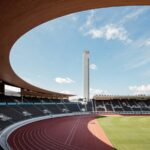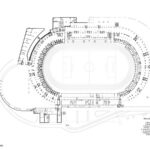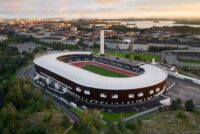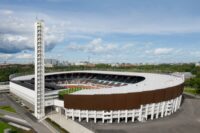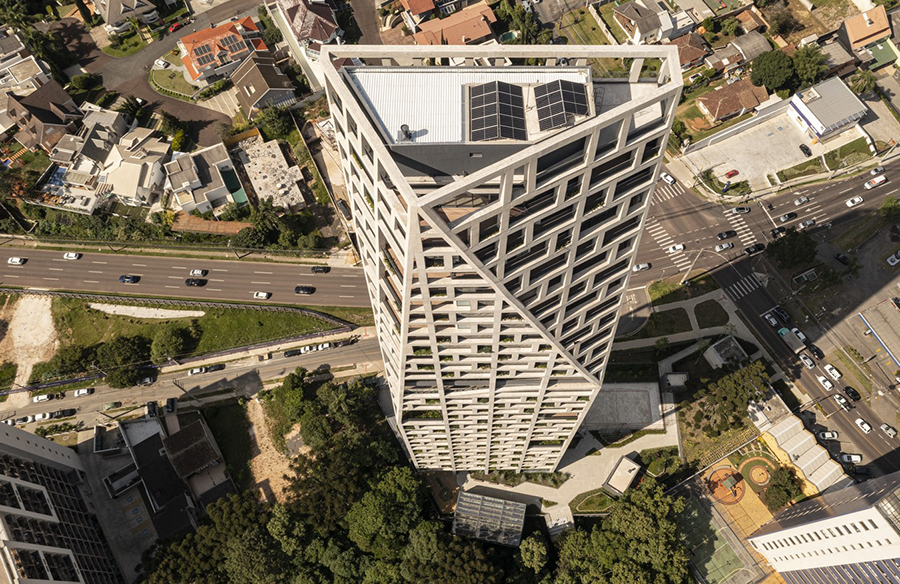Embodying History: A National Treasure
Architectural Legacy of Helsinki Olympic Stadium
The Helsinki Olympic Stadium stands as a testament to Finland’s architectural history, seamlessly blending the functionalist designs of the 1930s with the iconic exterior that hosted the 1952 Helsinki Olympics. Architects Yrjö Lindegren and Toivo Jäntti won an open architectural competition in the 1930s, leading to the creation of this symbolically significant structure, representing a new era for the emerging nation.

Conservation and Evolution
Over the past 70 years, the stadium has adapted to various uses, leading to alterations that slightly obscured its original purity. The recent renovation, a collaborative effort by K2S Architects and Architects NRT, sought to preserve the heritage of the stadium while ensuring it met the contemporary requirements of international sports events. The objective was not only to conserve but to revitalize, striking a delicate balance between tradition and modern functionality.
Respecting the Architectural Essence
The restoration process focused on respecting and preserving the authentic 1930s and 1950s architecture. Through meticulous restoration, repairs, and strategic modifications, the stadium underwent a transformation that introduced multipurpose spaces for the public and enhanced logistical efficiency. The outcome is a revitalized entity that remains familiar and recognizable, paying homage to its historical significance.
Enhancements and Modernization
New entrances to the stands and public galleries, coupled with an underground extension of 20,000 square meters, demonstrate a commitment to creating a seamless experience for the public during events. The restoration brought back the original appearance of plastered facades, visible concrete structures, and brickwork. The replacement of old bench rows with individual seats, along with the addition of a comprehensive canopy, marks a significant improvement in both comfort and aesthetics.
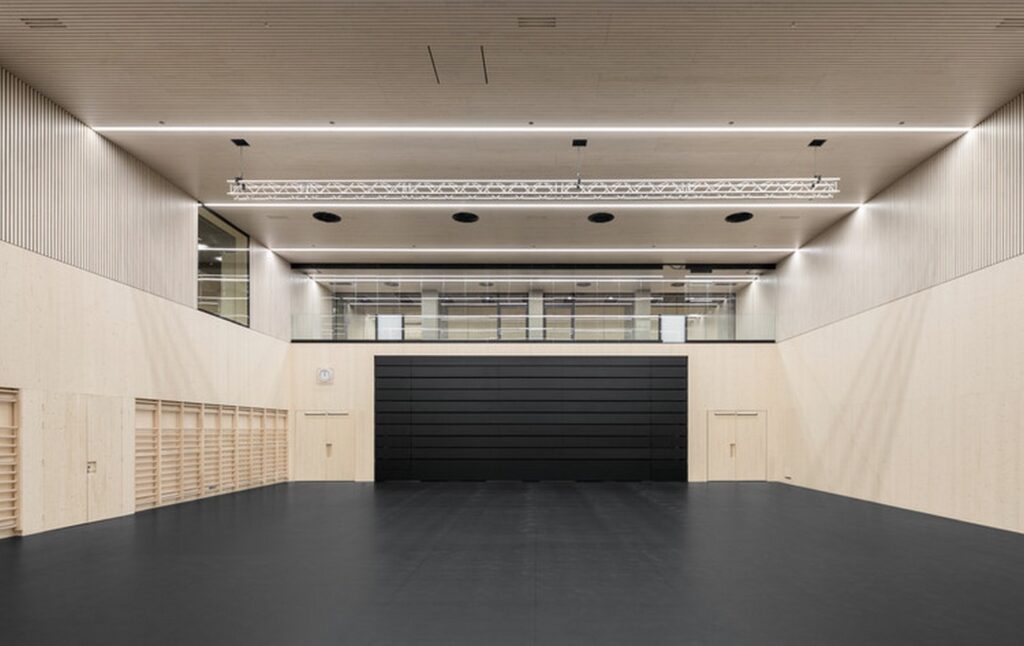
Materials Weaved in History
Every material used in this ambitious project has a direct connection to the stadium’s storied past. Timeless and enduring solutions, incorporating white concrete, wood, and glass in the new spaces, seamlessly integrate with the existing elements. The result is a harmonious amalgamation forming the new, rejuvenated Helsinki Olympic Stadium.
As the stadium embraces its restored glory, it not only stands as a witness to Finland’s rich history but also as a contemporary hub ready to host future generations and international events. The restoration project successfully honors the architectural legacy while elevating the stadium to meet the demands of the modern era.













